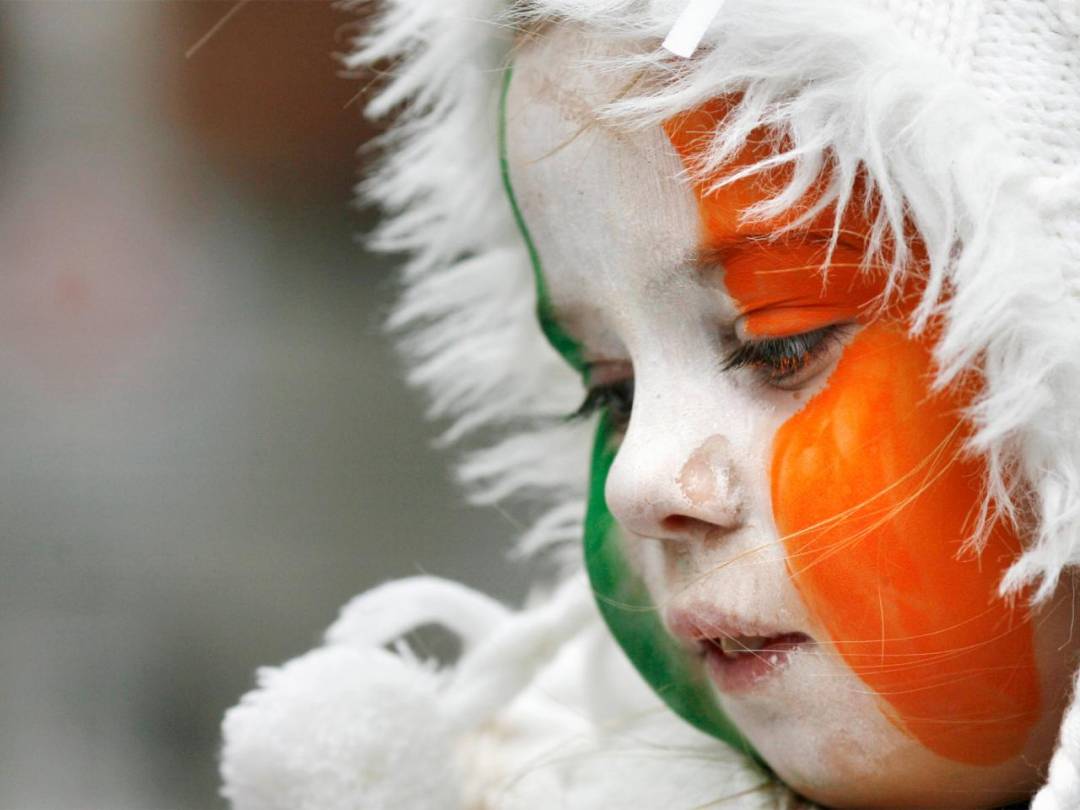Ireland’s first settlers made the continent’s 3rd largest island their home around 10,000 years ago during the Stone Age. However, it wasn’t until after the Early Bronze Age (2200 BCE) that an active link between the ancient and modern population has been noted. With a modern-day population of approximately 6.4 million and roots that trace so far back into history, there is no doubt that Ireland’s people have a rich heritage that has mingled with the rest of the people in Europe.
Recently, an extensive study of Irish genetics was done by the scientists at Trinity College Dublin, and their results are quite impressive. They discovered that the Vikings, Anglo-Normans, and British influenced the Irish population much more than they initially thought.
The study’s co-author Russell McLaughlin said, “The long and complex history of population dynamics in Ireland has left an indelible mark on the genomes of modern inhabitants of the island. We have shown that using only genetic data; we can accurately reconstruct elements of this past and demonstrate a striking correlation between geographical provenance and genetic affinity.”
The team used a haplotype-based method of analysis and were able to show how specific genes paired up alongside the historical records of the Norman invasions from France and the Norse-Vikings from Scandinavia.
The researchers recently published their findings in the journal PLOS Genetics. In the study, they analyzed the genetic variation of almost 1,000 Irish genomes and over 6,000 genomes from mainland Europe and Britain.
The results revealed that there were 23 distinct Irish genetic clusters where groups of people from specific areas all shared the same type of genetic heritage. The clusters were less pronounced in the east where the historical migrations have almost erased all the genetic divisions. However, in western Ireland, the groups were more specific and noticeable.
The researchers looked at genetic contributions from people with British ancestry, and there was a definite trend that showed the input from Britain dropping off in the western populations. They also found the genetic input from Europe which enables them to correlate the timing of the Norse-Vikings and the Anglo-Normans historical migrations to Ireland. The dates they uncovered from the genetic input matched the historical records.
The research was able to show the genetic makeup of Ireland accurately and proves the effect that historical migrations left on the population’s modern Irish genome. This new information tells us that a distinct genetic structure exists, even if it’s within smaller, more isolated communities.
This new structure should be looked at in future studies that use the Irish population to point out how genetics can correlate with underlying diseases and different traits.
Ross P. Byrne, the co-author of the study, said: “This subtle genetic structure within such a small country has implications for medical genetic association studies. As it stands current corrections for population structure in study designs may not adequately account for this within-country variation, which may potentially lead to false positive results emerging. We feel this will be particularly important in the analysis of rare variants as these are expected to be less uniformly distributed throughout a country. We intend to explore this further and identify if this structure should be accounted for in corrections.”
Russell McLaughlin went on to say: “The long and complex history of population dynamics in Ireland has left an indelible mark on the genomes of modern inhabitants of the island. We have shown that using only genetic data, we can accurately reconstruct elements of this past and demonstrate a striking correlation between geographical provenance and genetic affinity. Understanding this fine-grained population structure is crucially important for ongoing and future studies of rare genetic variation in health and disease.”
Hopefully, this study can be used to further develop the understanding of multiple genetic issues. The research makes it clear that historical migrations into Ireland left a much greater genomic footprint than what was originally anticipated. Especially since they detected a much greater Viking influence than was previously estimated, with the Y chromosome data.
I thought this was a fascinating look at genetics and it makes me contemplate my own ancestry and wonder what might be in my genetic makeup. I’m sure most of our readers can relate to that feeling after reading about this study, we would love to hear your thoughts on this in the comments.
Please Share with Your Friends and Family












